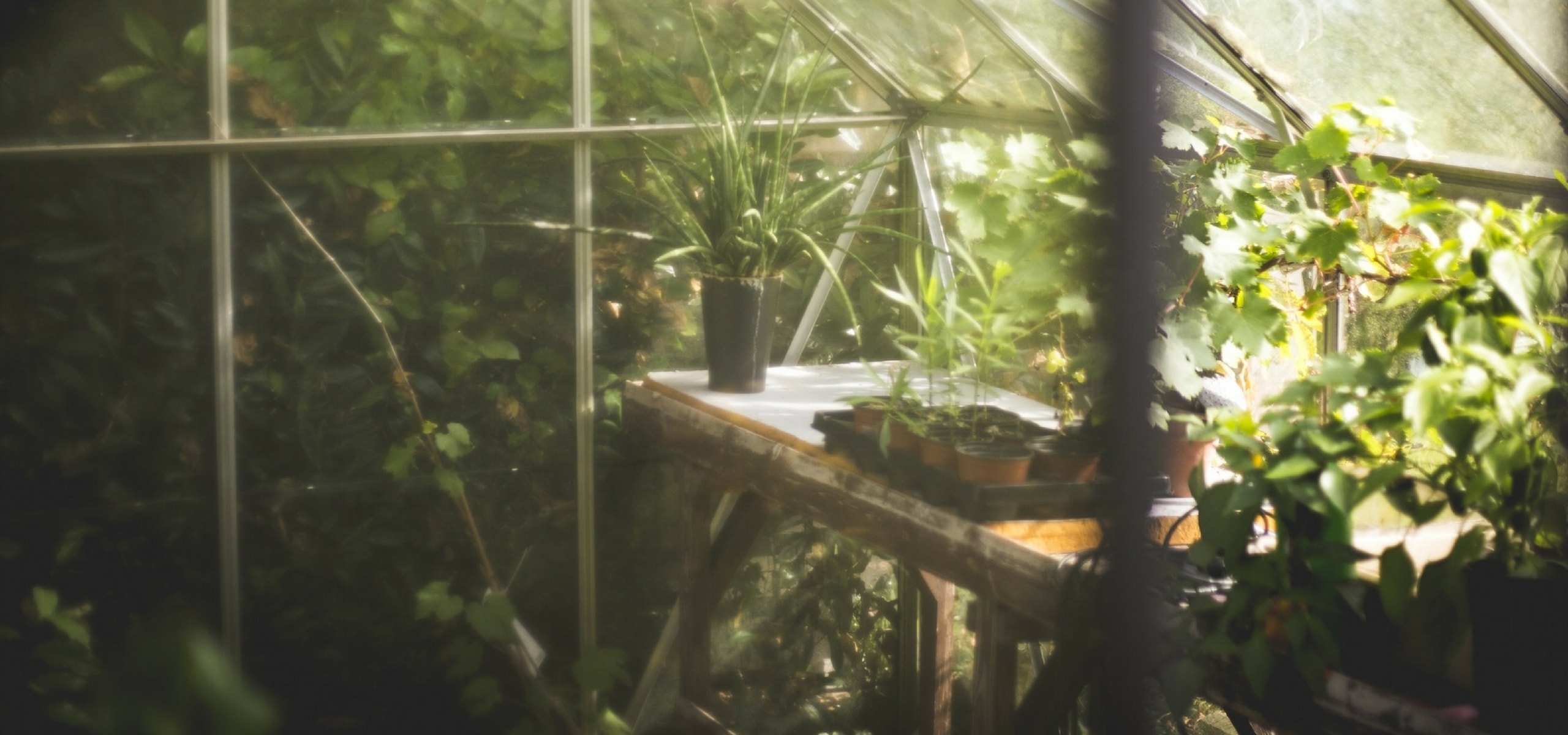
Plug plants: how to plant them well for a productive vegetable garden?
Easy, quick and economical!
Contents
Plug plants for vegetables are very young vegetable plants, very economical. These plants, commonly used by professionals, can sometimes bewilder amateur gardeners, as they appear small. However, they are robust and their establishment is guaranteed if you follow our upcoming advice! Easy to plant and ideal for a productive vegetable garden, plug plants save considerable time in the garden. Discover how to choose, plant, and care for them to ensure optimal growth of your vegetables.
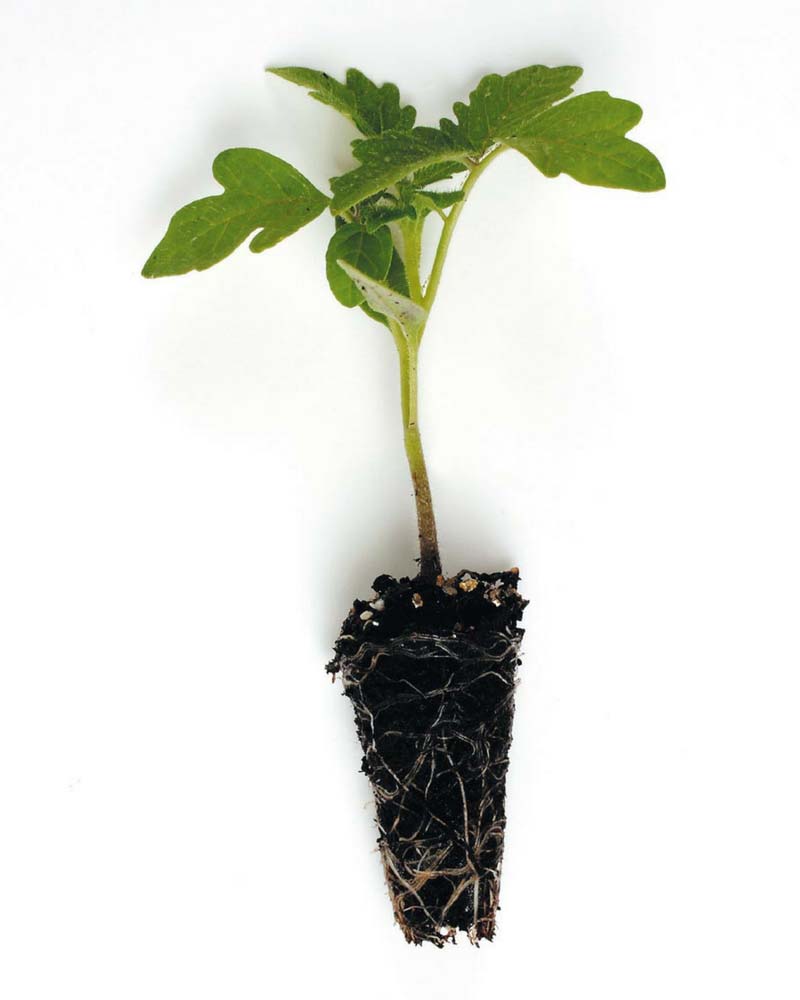
A plug plant of tomato
Where to plant your plug plants for better growth?
Most vegetable plants need heat and at least 6 hours of sunlight per day to thrive. This is true for tomatoes, courgettes, peppers, chillies, aubergines… which should be placed in the sun. Others, like Swiss chard, sorrel, and herbs in general, prefer partial shade, especially in the south of France. So, observe your garden carefully to determine its sunlight exposure and choose the appropriate space accordingly.
Read also
Grafted vegetable young plantsWhat type of soil or substrate for healthy plug plants?
Good vegetable soil is fertile, rich in nutrients, and well-aerated to allow the plant to easily develop its root system. Most soils are suitable and can be enriched with the addition of compost or manure. If your soil is too wet and poorly drained, growing on raised beds is a good solution.
Discover other Vegetable plants A to Z
View all →Available in 2 sizes
Available in 1 sizes
Available in 2 sizes
Available in 1 sizes
Available in 2 sizes
Available in 1 sizes
Available in 1 sizes
Available in 1 sizes
Available in 1 sizes

Available in 2 sizes
How to plant your plug plants for a productive vegetable garden?
Our vegetable plug plants require specific care that cannot wait: remove them from their transport shells as soon as you open your parcel and soak them if necessary in a shallow dish of non-icy water. Never plant a dry plug plant. Olivier explains everything in: I’ve just received my order of vegetable plug plants: what should I do?
Depending on your region and the calendar,
- The weather is mild and the last frost risks have passed: planting will be done directly and without delay, either in pots or in the garden.
- Frost risks are present: the plug plants will be planted in buckets or pots while waiting for their final planting. Keep them in a warm place (tomatoes, courgettes, peppers, chillies, aubergines…) or a temperate place (herbs, less frost-sensitive vegetables) and bright. Remember to water: the substrate should remain moist, but not waterlogged.
About ten days before the final planting in the vegetable garden, gradually acclimatise your young plants to outdoor conditions by taking them out for a few hours each day in good weather: slightly cooler temperatures and a gentle breeze will help them harden off and arrive robust in the garden.
Once the last frost risks have passed (the Ice Saints), install your plants in their final location, respecting the recommended planting distances. You can advance the planting slightly compared to the “official” calendar if you live in a mild climate or have a shelter (greenhouse, tunnel).
Be careful, if your plants are grafted, do not bury the grafting point.
- Subscribe!
- Contents































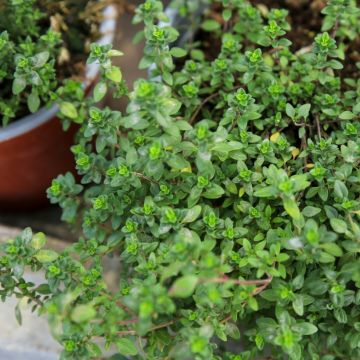
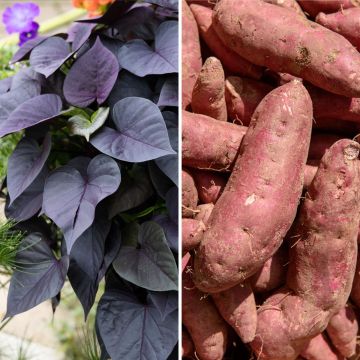
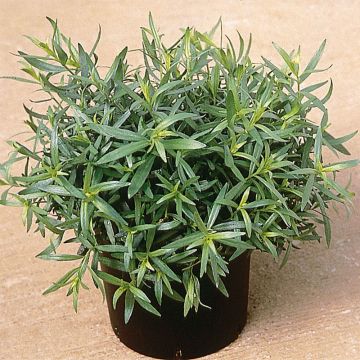
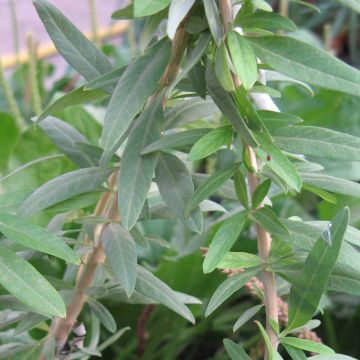
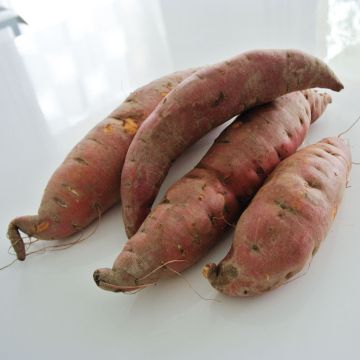
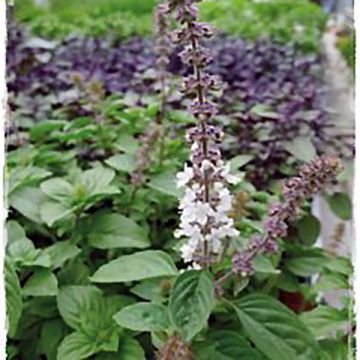
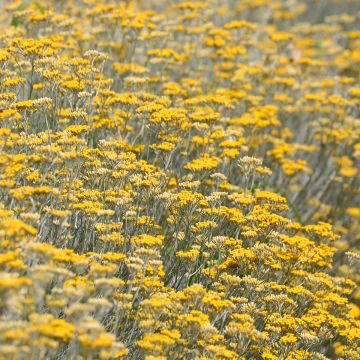
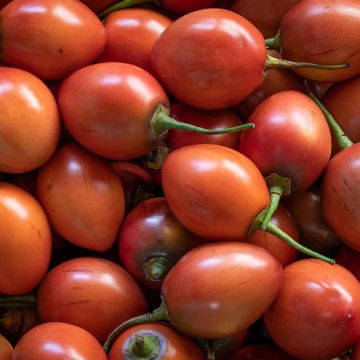
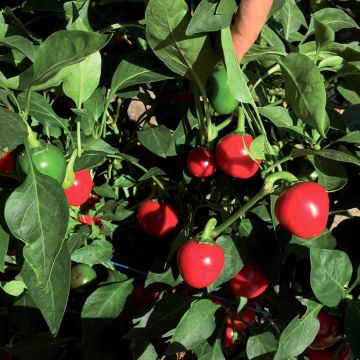
Comments